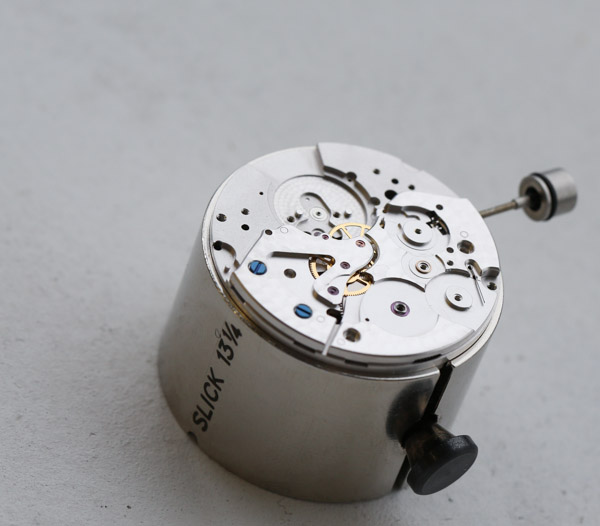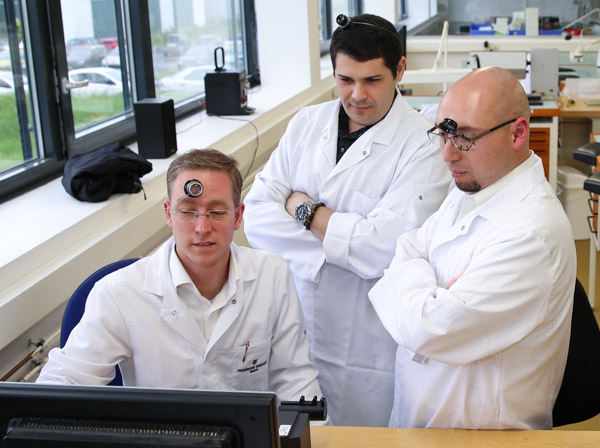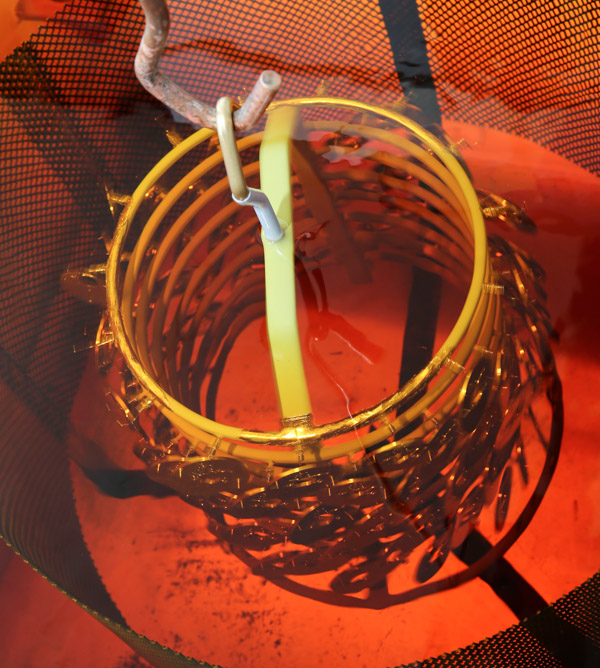
CNC machines of various types, as well as metal stamping machines are the industrial backbone of the modern watch industry. Either in-house or via a supplier, machines produce the majority of parts that go into watch movements. Virtually no one makes parts by hand anymore, but it can be done. High-end outfits take machine-produced parts and then spend inordinate amounts of time hand finishing and decorating them. More mass produced watches contain fully machine decorated parts. That means one machine produces a part (let’s say the mainplate), then another machine decorates it (say with Geneva stripes). Our mainplate isn’t done yet as a few more important steps are necessary for production.
After decoration, a mainplate is usually chemically treated. Most CNC milled movement parts are made from brass, but brass isn’t what you see as movements tend to have a more silvery color. That is because much of the time, components are rhodium-plated using electroplating techniques. This involves literally bathing the parts in special chemical vats wired with electric currents that force particles in the solution to chemically bind to the metal. This process is highly toxic of course, and usually done by an outside supplier – though I have seen it done in-house before.
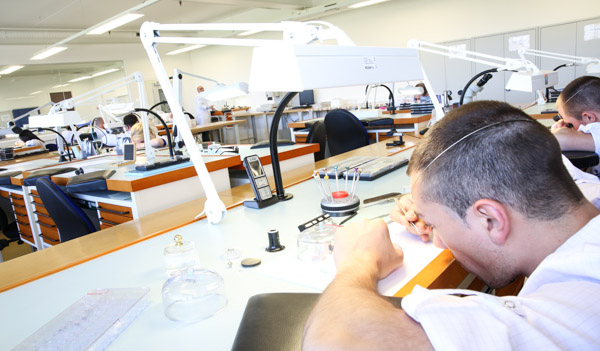
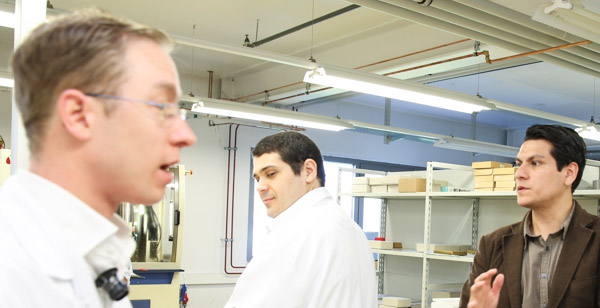
Frederique Constant took us over to a couple of their suppliers to see how some of this was done. I’d seen it done before, but for Andrew (your fellow reader who got to attend the trip with me), all of this was new. The supplier was around the corner and does work for many of the large brands. If you hear a brand claim they manufacture 100% of their parts in-house, that is 100% BS. The Swiss watch industry is a teamwork style group of entities, no matter how much brands like to deny it. Or, large groups end up buying suppliers to prevent them from working with competitors.
The electroplating process is relatively quick, and the result is impressive. Your formerly brass piece is now perfectly silver in color. So with our mainplates and assortment of parts, we were ready to get started. After milling, decorating, and plating, the mainplates are usually inspected, and then parts are added to it. This first begins with inserting rubies and often some lubrication. Ah yes, oiling, greasing, and lubing are some of the most necessary and difficult parts of watch assembly. Over the years watch makers have developed numerous oils and greases that go into each movement.
Small dishes contain the various liquids that are applied in extremely small amounts to very specific places on a movement during assembly. And I mean very specific amounts in very specific places. Lubricants are typically applied with a small pen-style applicator or a needle. If you mess up and apply too much or put it in the wrong place, you need to bathe that piece in benzene and then try it again. That can also mean tedious dis-assembly. Thankfully we didn’t mess up too much. Andrew was a surgeon, so that helped tremendously as he already had trained and steady hands.
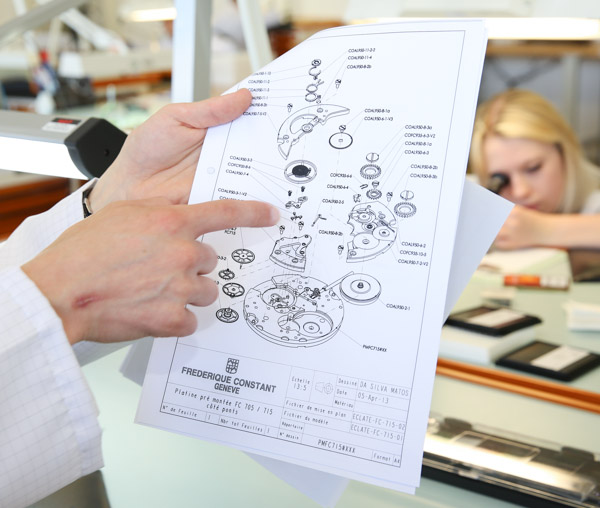
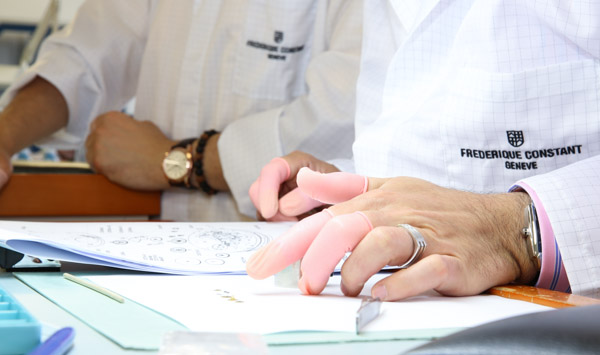
Much of this is done under a loupe with only a tiny area magnified. This is really a pain in the ass because like I said before, there is no depth of field and thus no depth perception as you are using only one eye. Many times I would move a needle or tweezers close to the movement, like docking a ship, careful not to touch the wrong place. Only by moving the piece slowly and watching its shadow could I know when it was about to touch the movement. There are however stereoscopic microscopes that some people use when they need to look under magnification all day. Nevertheless, a lot of your movements need to be careful and precise so as to ensure you don’t repeat steps, break parts, or lose things.
Losing parts is much easier than it may seem. That is because a lot of components are inserted under pressure (like types of springs) and can easily pop out. A one millimeter sized spring that barely weighs anything can eject itself out of your movement without notice before it is secured, to disappear forever. I actually didn’t lose any parts luckily enough, though a few sprung about on me. I found one stuck to my shirt like a piece of lint. I did however break a few pieces. This is very easy as too much pressure on a small part when holding them with tweezers can bend it.
